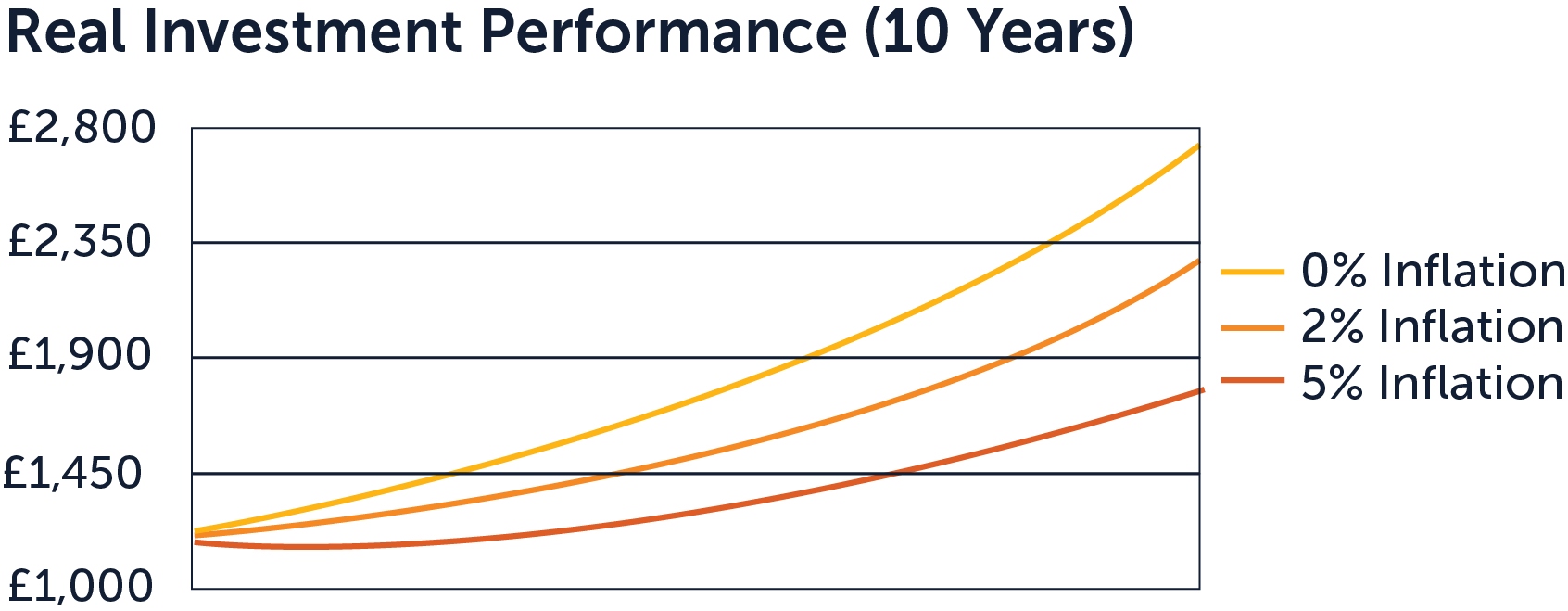Strategies for Effective Inflation Risk Management
:max_bytes(150000):strip_icc()/inflation_final-8652eb79d80348f49810849af466bb44.png)
Navigating Economic Landscapes: Strategies for Effective Inflation Risk Management
In the intricate world of finance, the specter of inflation poses significant challenges for individuals, businesses, and policymakers. This article delves into the art of inflation risk management, exploring strategies to shield against the erosive effects of rising prices and fostering economic resilience.
Understanding Inflation Risk: The Financial Landscape’s Unseen Challenge
Inflation risk is a subtle but potent threat to financial well-being. As the general price level of goods and services rises, the purchasing power of currency diminishes. This erosion can impact savings, investments, and overall economic stability. Understanding the nuances of inflation risk is the first step in developing effective risk management strategies.
Diversification: A Pillar of Inflation Risk Management
Diversification is a fundamental strategy in managing inflation risk. By spreading investments across different asset classes, industries, and geographical regions, individuals and businesses can mitigate the impact of inflation on their portfolios. Real assets, such as real estate and commodities, often prove resilient in inflationary environments and contribute to a diversified risk management approach.
Explore more about the role of diversification in inflation risk management at RF Summit, a platform for comprehensive discussions on financial strategies.
Inflation-Indexed Securities: Tailoring Portfolios for Resilience
Incorporating inflation-indexed securities into investment portfolios is a strategic move in inflation risk management. These financial instruments adjust their value with inflation, providing a safeguard against the diminishing purchasing power of money. Understanding how to integrate inflation-indexed securities into investment strategies is crucial for investors aiming to build resilient portfolios.
Active Monitoring and Adaptive Strategies: Key Components of Resilient Risk Management
Inflation risk is not static; it evolves over time. Implementing active monitoring and adaptive strategies is essential for resilient risk management. Regularly assessing economic indicators, central bank policies, and global trends allows individuals and businesses to adjust their strategies proactively. Being agile in response to changing inflationary conditions is a hallmark of effective risk management.
Explore more about active monitoring and adaptive strategies at RF Summit, where financial experts share insights on staying ahead of economic shifts.
Inflation-Resistant Business Models: A Corporate Imperative
For businesses, developing inflation-resistant models is critical for long-term sustainability. This involves strategic pricing, supply chain resilience, and operational efficiency. Businesses that can adapt their models to navigate through inflationary periods not only protect their bottom line but also position themselves for growth amid economic challenges.
Risk Hedging Instruments: Safeguarding Against Uncertainty
Various financial instruments can serve as effective tools for hedging against inflation risk. Options, futures contracts, and other derivatives provide opportunities to manage risk exposures in volatile markets. Understanding how to leverage these instruments for risk hedging is essential for investors and businesses looking to navigate uncertainties associated with inflation.
Learn more about risk hedging instruments at RF Summit, where discussions cover the latest trends in risk management.
Central Bank Policies: Navigating the Economic Landscape
Central banks play a crucial role in shaping inflation dynamics through monetary policies. Understanding and monitoring these policies is integral to effective inflation risk

